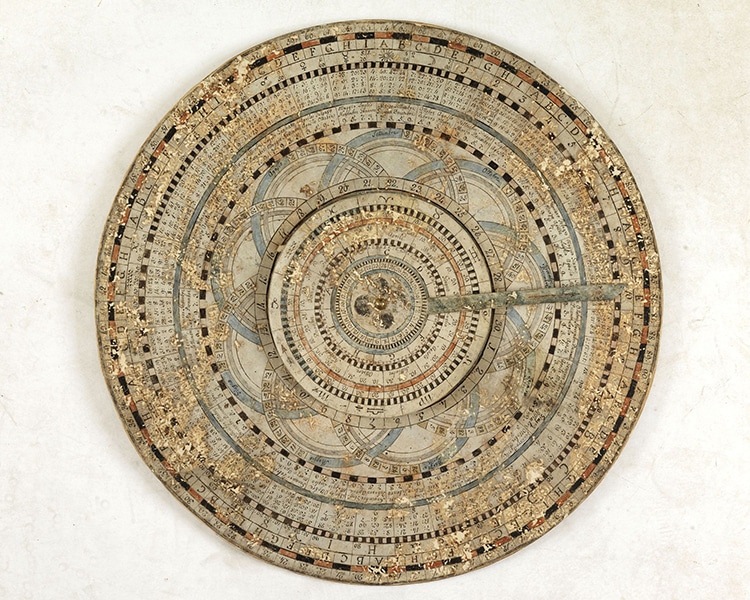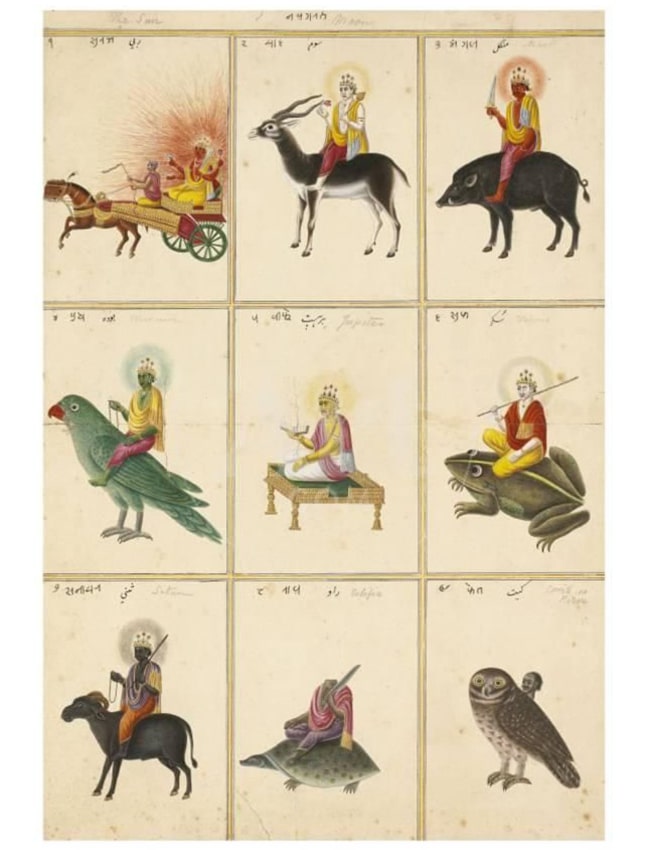Many cultures throughout time relied on nature and the stars as their time keepers. The calendar systems of the ancient world reflected the agricultural, political and ritual needs, characteristic of the societies in which they flourished. As culture and technology progressed, many calendars and systems became standardized. One calendar however still aligns with nature — let me show you the way.
The astrological system we’re most familiar with is Tropical or Western astrology, which is a fixed zodiac based off of sixty years of observational research, by Roman Astronomer / Astrologer Ptolemy, dating around 100 A.D.
The Sun on the Spring Equinox at that time was close to zero degrees Aries, although this calculation isn’t eternally true. Because of the profound losses to libraries (including the burning of the library of Alexandria), knowledge about this Western system of astrology was lost. Based on these observations, it was assumed that this point never moved and thus the tropical zodiac became fixed.
Vedic astrology (Jyotiṣa), sister science to yoga and Āyurveda, is a precise zodiac based on the observational and fixed positions of the stars, as they move across the ecliptic and calculates for the wobble of the Earth and the procession of the equinoxes.
Due to this procession, the two systems move one degree away from each other every seventy-two years and currently have a difference of approximately twenty-four degrees (ayanāṃśa). On a side note, each of the twelve signs in the zodiac have thirty degrees.
How does this relate to you? If you were born May 1st, for example, your sun would literally be in the sign of Aries — versus Taurus, per tropical astrology. Sun is a minor placement in Vedic astrology, which is more Lunar-based and this at least offers you an insight into planetary placement.
If you look up at the sky, Saturn can currently be seen in Aquarius, as of January 18th, 2023 (versus tropical Pisces) and will remain there for another couple years.

Which Age Are We Really In?
Today, we have a variety of calendars, both Solar, Lunar and the Vedic calendar (amongst others), which is Lunisolar. The Lunisolar calendar calculates the ritual month based on the Moon and the agricultural year on the Sun. The Solar year, the time it takes for the Earth to complete its orbit around the Sun, is about 365 1/4 days (with its established 12 months). A Lunar year is calculated from the 354 days, which is the time it takes for the Moon to return to the same placement in relation to the Sun or to complete thirteen lunar phases.
From the perspective of the solar year, the Gregorian calendar, established in 1582 by Pope Gregory XIII, the new year is celebrated on January 1st (Sun in Sidereal Sagittarius). A few places in India, including the Tamil new year, celebrate every April 14th, when the Sun transits into Sidereal Aries and the Mayan calendar, on July 26th (Sun in Sidereal Cancer).
In Northern India, the Hindu new year known as Diwali, falls on the new moon in the month of Kārtika (October/November). The Lunar and Chinese new year are marked by the first new moon of the Gregorian year and the Hebrew calendar, with Rosh Hashanah, on the new moon closest to the autumn equinox. Many, including the Persian new year, celebrate with the vernal equinox on March 21/22.
The Vedic calendar (calculated with the panchānga), which is Lunisolar, honors the astronomical new year with the new moon (sun and moon) in Pisces or new moon closest to the vernal equinox. The chart of this day symbolizes the karmic trends for the year to come.
Because of the precession of the equinoxes, the vernal equinox moves through all the constellations of the Zodiac with a 2160 year cycle, over the 25,920 (the distance from Earth to center of galaxy in light years and the parallax differential of the Earth) year precession period. Presently, the vernal equinox is in the constellation of Pisces and will take another 130 years or so to approach Aquarius. Yes, Aries does mark the beginning and since the new moon closest to the vernal equinox (which marks our age) currently lands in Pisces, we’re indeed in the Piscean age.

Vedic Timekeeping: Thoughts to Contemplate
May we consider that the Sun moves one degree per day, never retrogrades and is our constant time keeper. With that said, how many degrees are in a circle? 360, right?! This marks twelve months and twelve zodiac signs, establishes the winter and summer solstices, spring and fall equinoxes, and the agricultural year. Have you heard of any calendars talking about a 360 day year?
As for the Moon, with its orbit around the Earth of twenty-seven days, seven hours and lunar year of 354 days, the ritual month is calculated with its thirteen lunar months. This is a different thought compared to standardized calendars and is something I find to be very interesting.
As promised, a calendar that is in alignment with the true position of the stars, which takes into consideration both the exact position of the Sun and Moon in the sky and their relationship — the Vedic calendar. The Vedic almanac (panchānga) is very precise and tracks the lunisolar festivals and auspicious dates to begin important events which are based on the constellations (twenty-seven within the twelve zodiac) and the tithi. A tithi is the time it takes for the Moon to increase in distance from the Sun by 12 degrees and tracks the duration of the two phases of the moon (fifteen waning and fifteen waxing). Since the motion of the Sun and Moon are always varying in speed, the length of a tithi varies from 19-26 hours.
Some Festivals are tracked by the Sun, like Makara Saṅkrānti (Suns entrance into Capricorn and the beginning of the Sun’s journey Northward) which falls every year on January 14th, and other festivals like Diwali, the Festival of Lights (Hindu new year) are based on the Moon. The panchānga is also used to calculate auspicious times for important events such as getting married, moving into a new house or beginning a journey. Who knew that the calendar could assist in attuning us closer to the rhythms of nature.
So, Which Calendar Will You Choose?
Know that I’m here to support you on your journey home to yourself. If you’d like to talk about you and take a deeper look into your Vedic, Sidereal placements / star map (around 23 degrees behind your tropical chart) please visit by website to book a consultation: www.chayacollective.com
